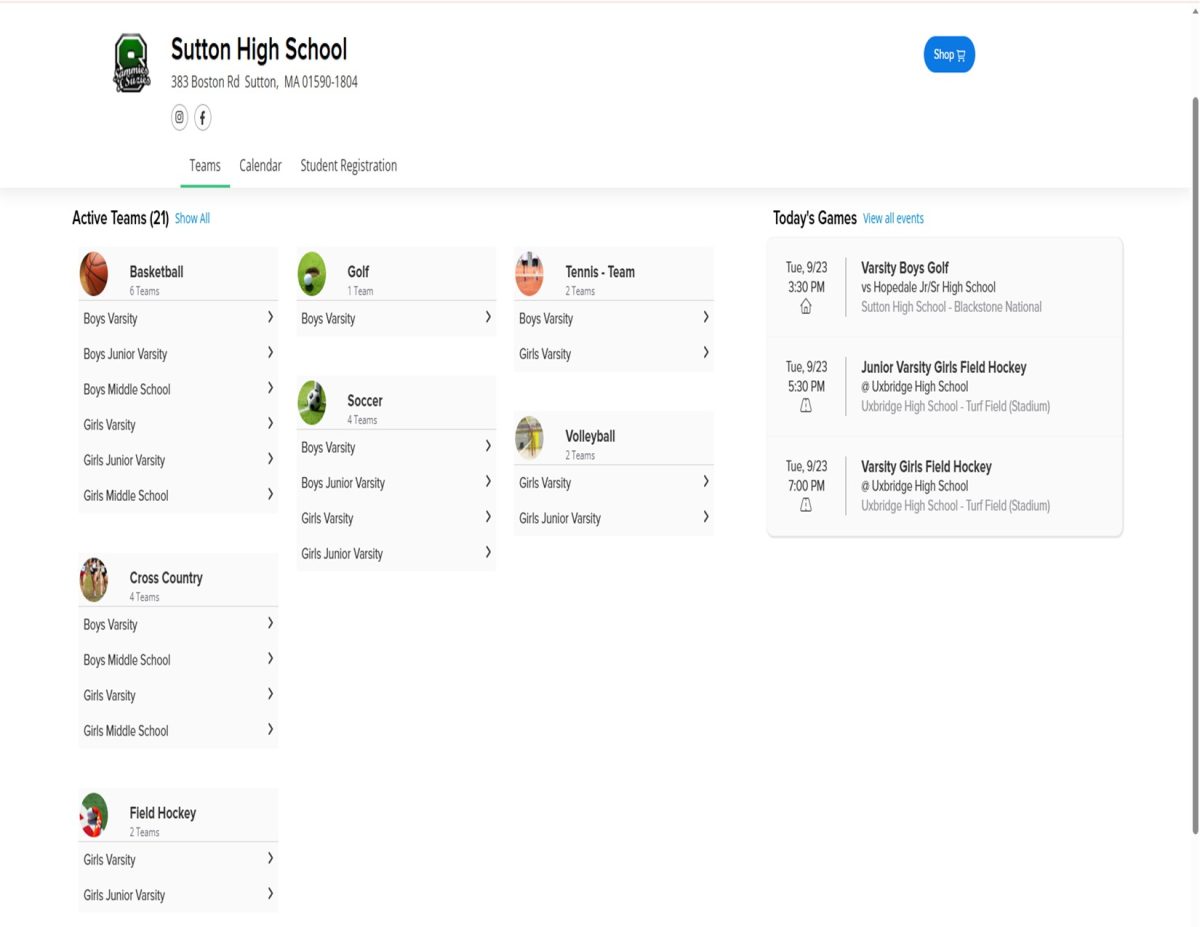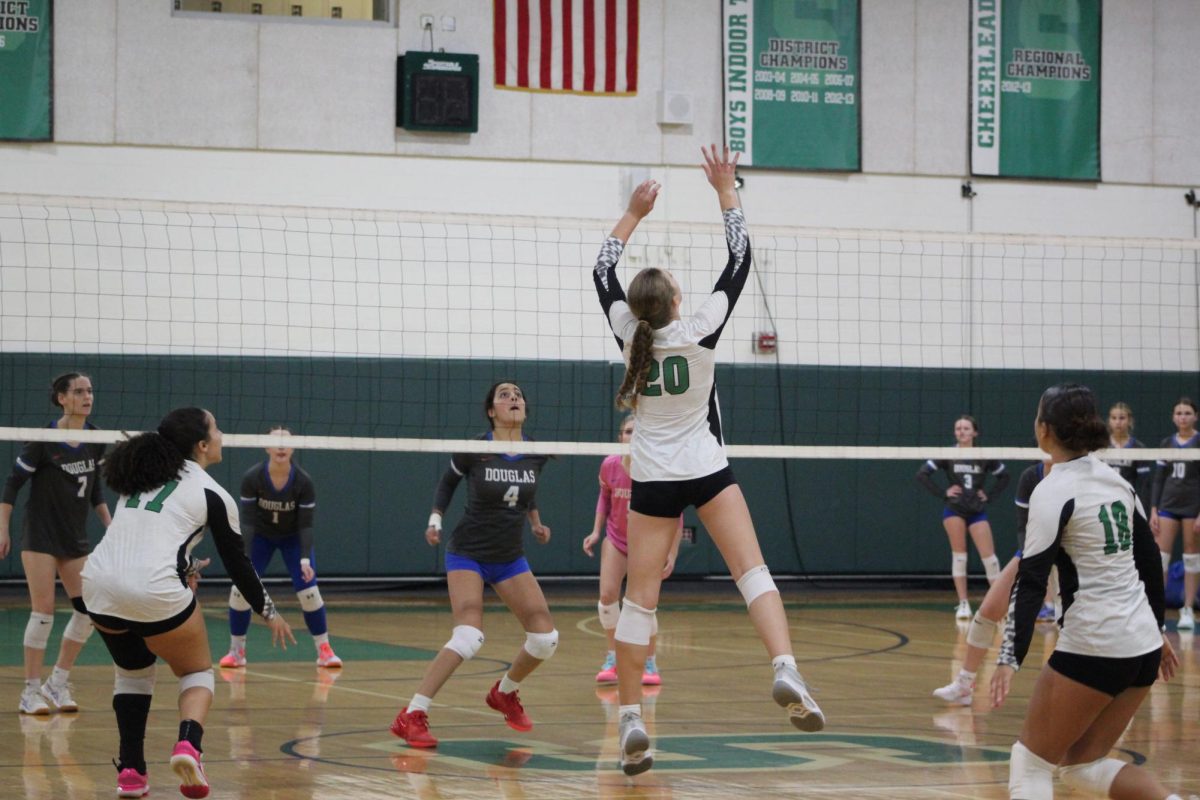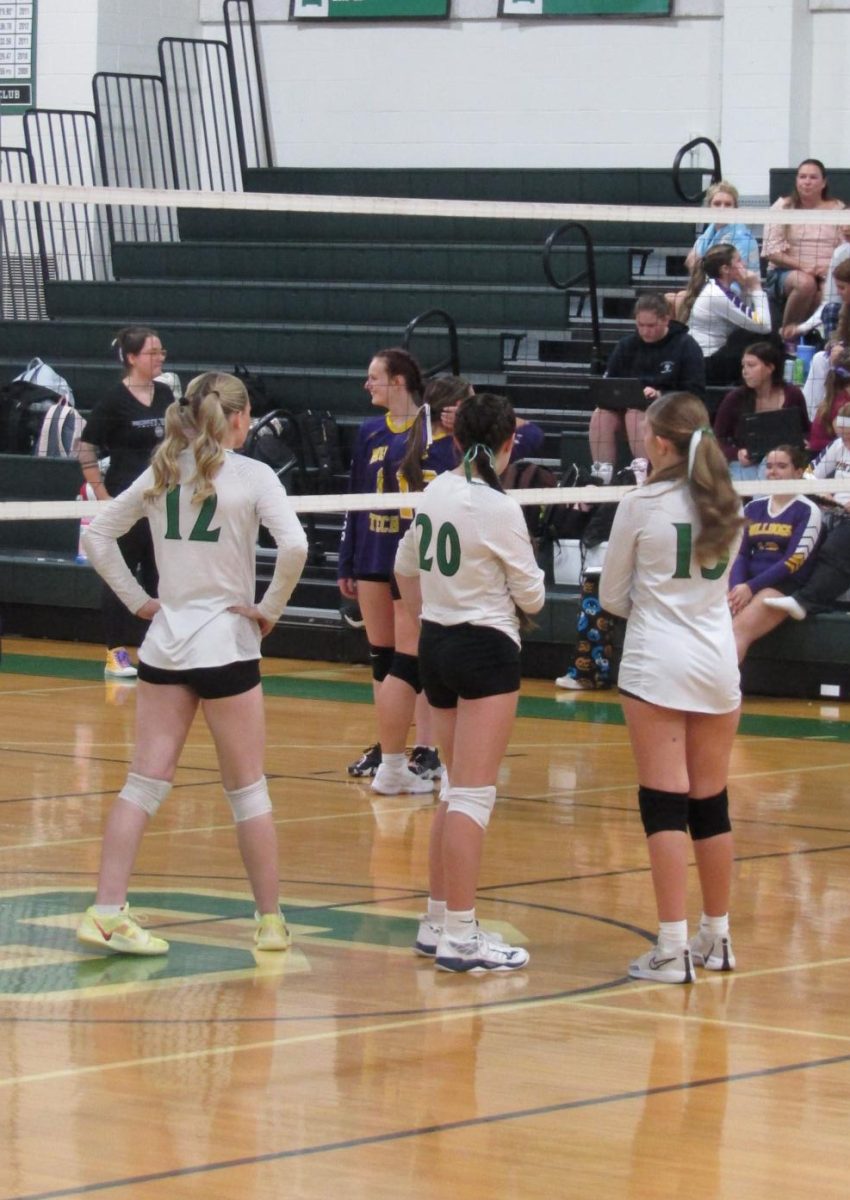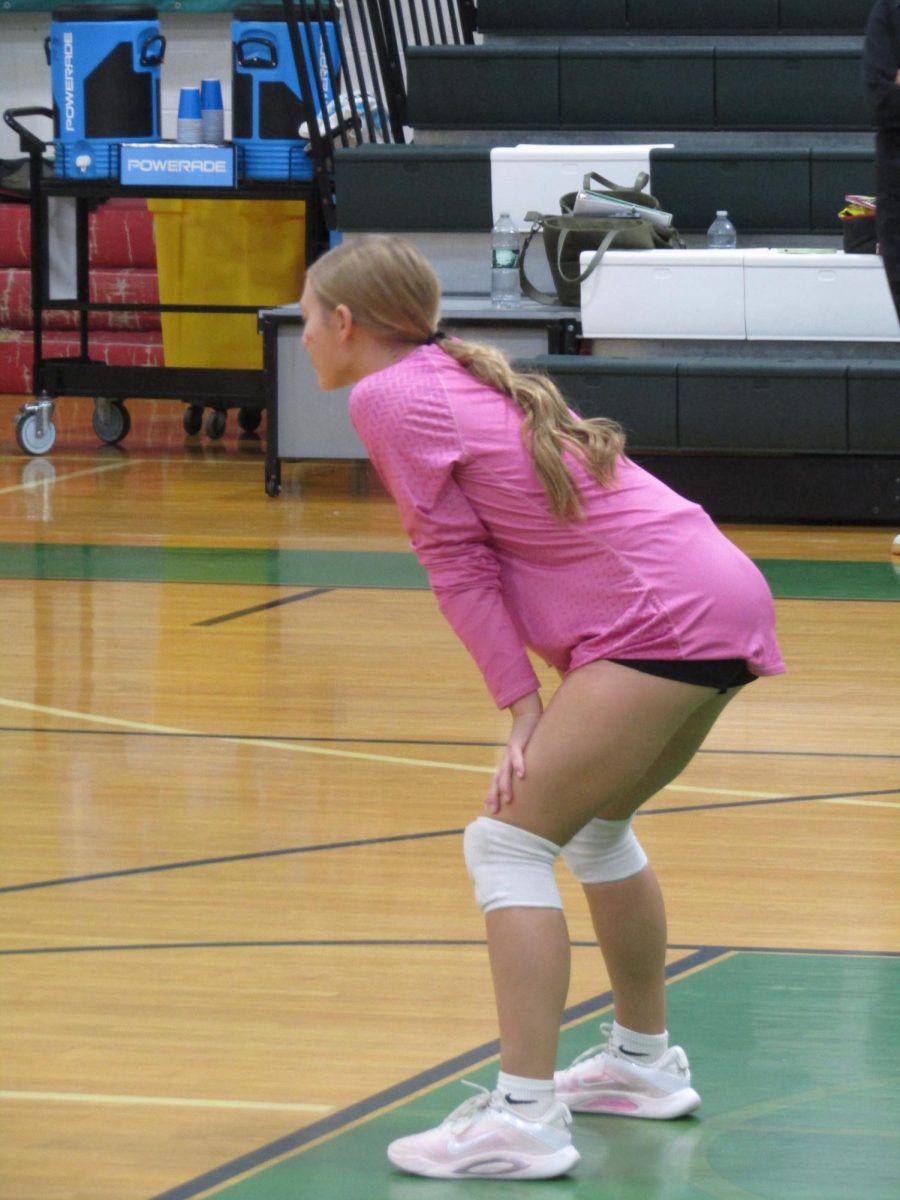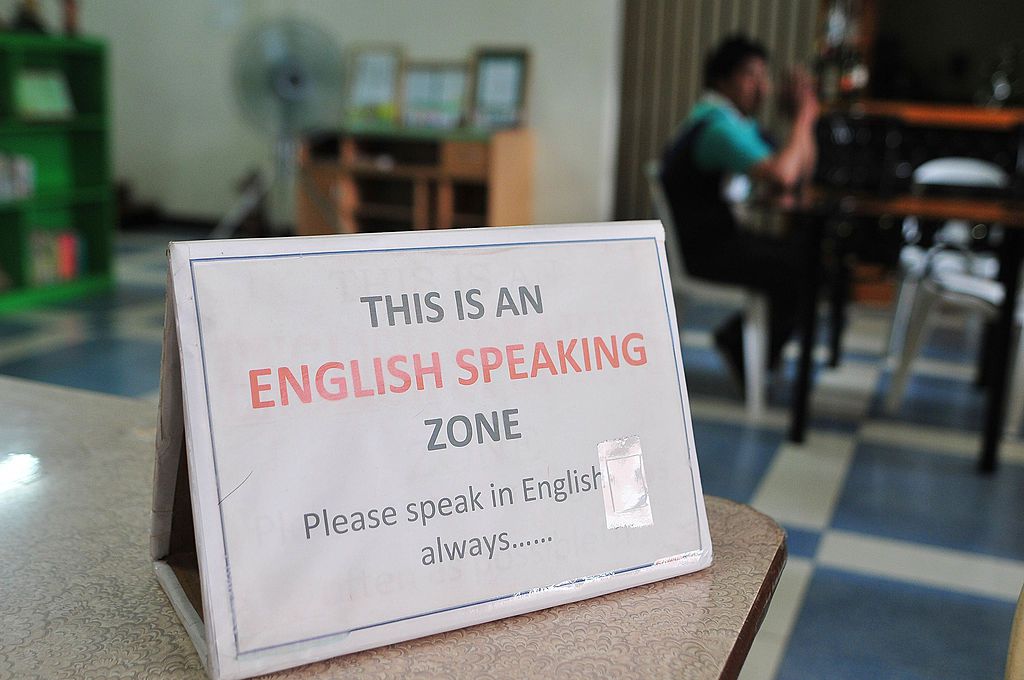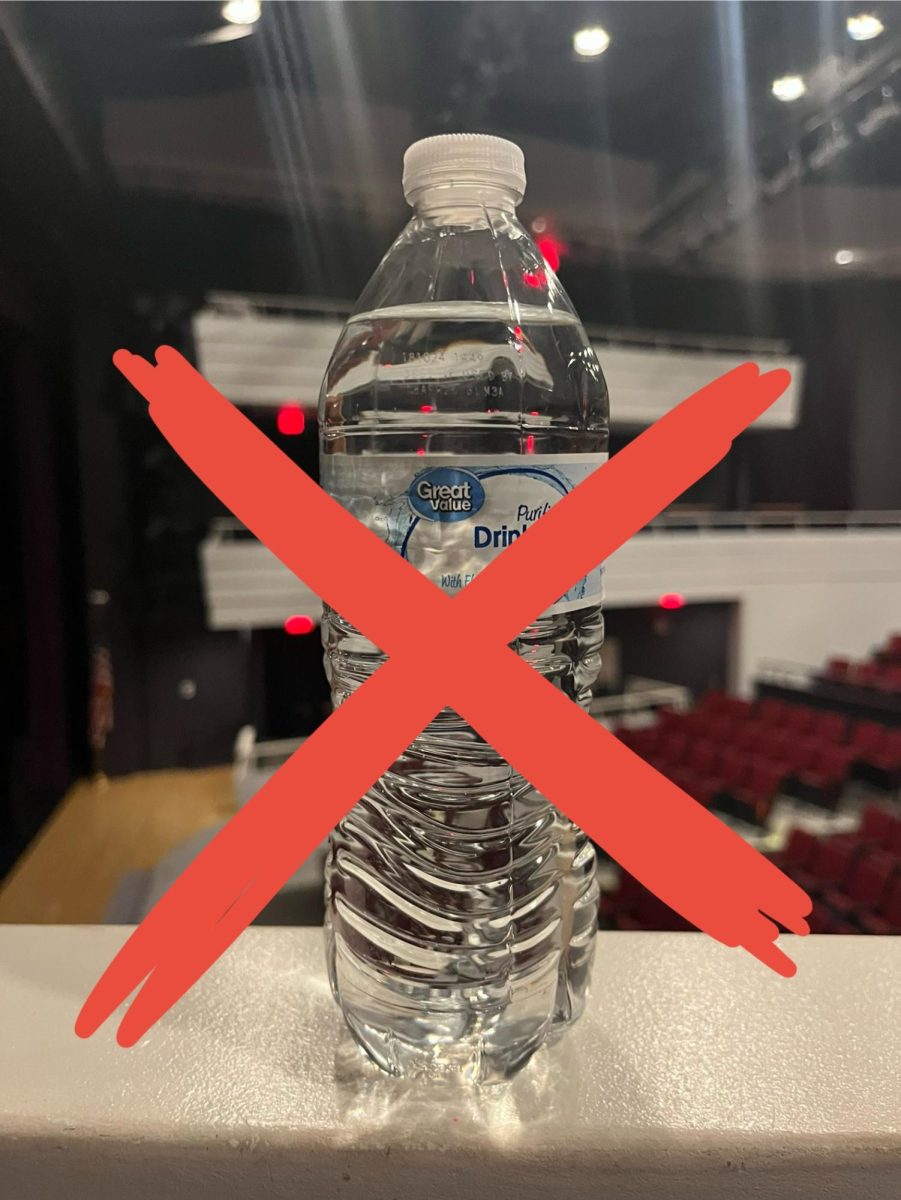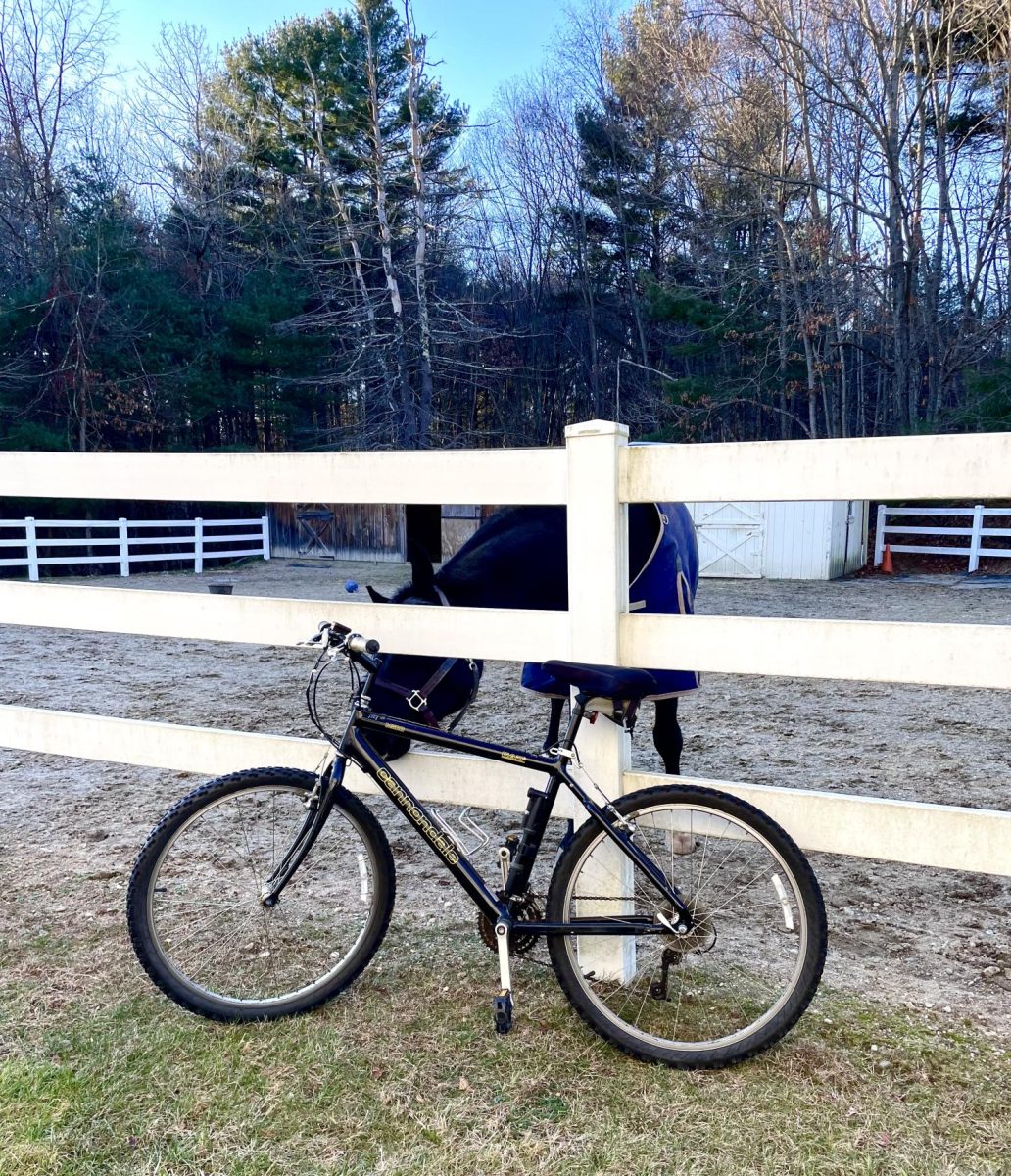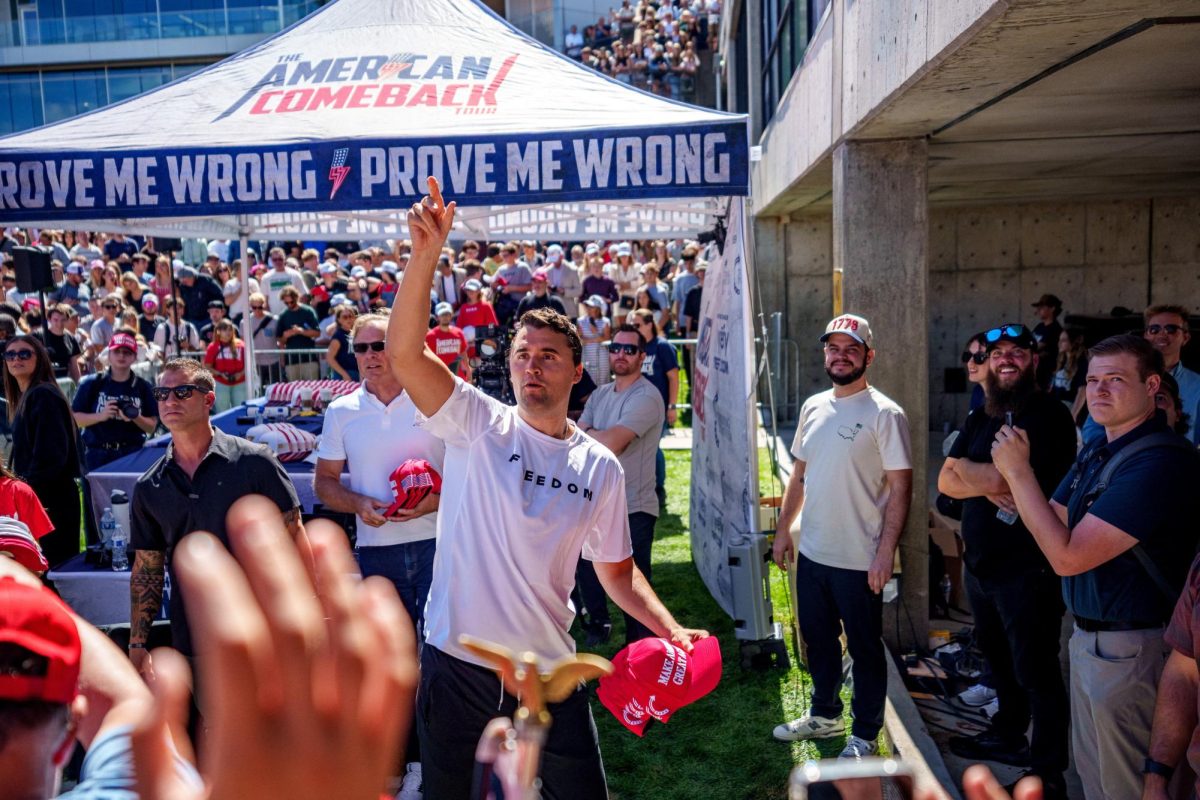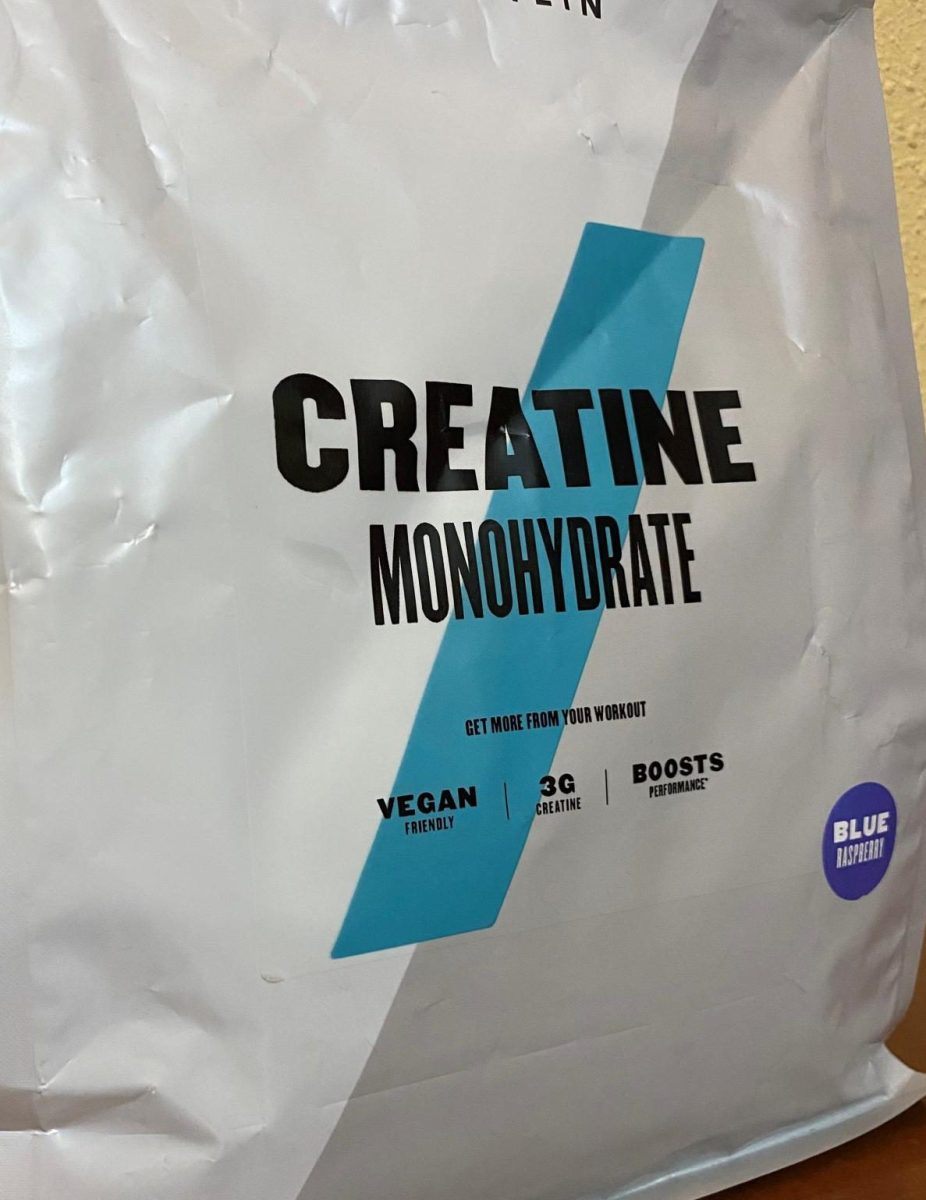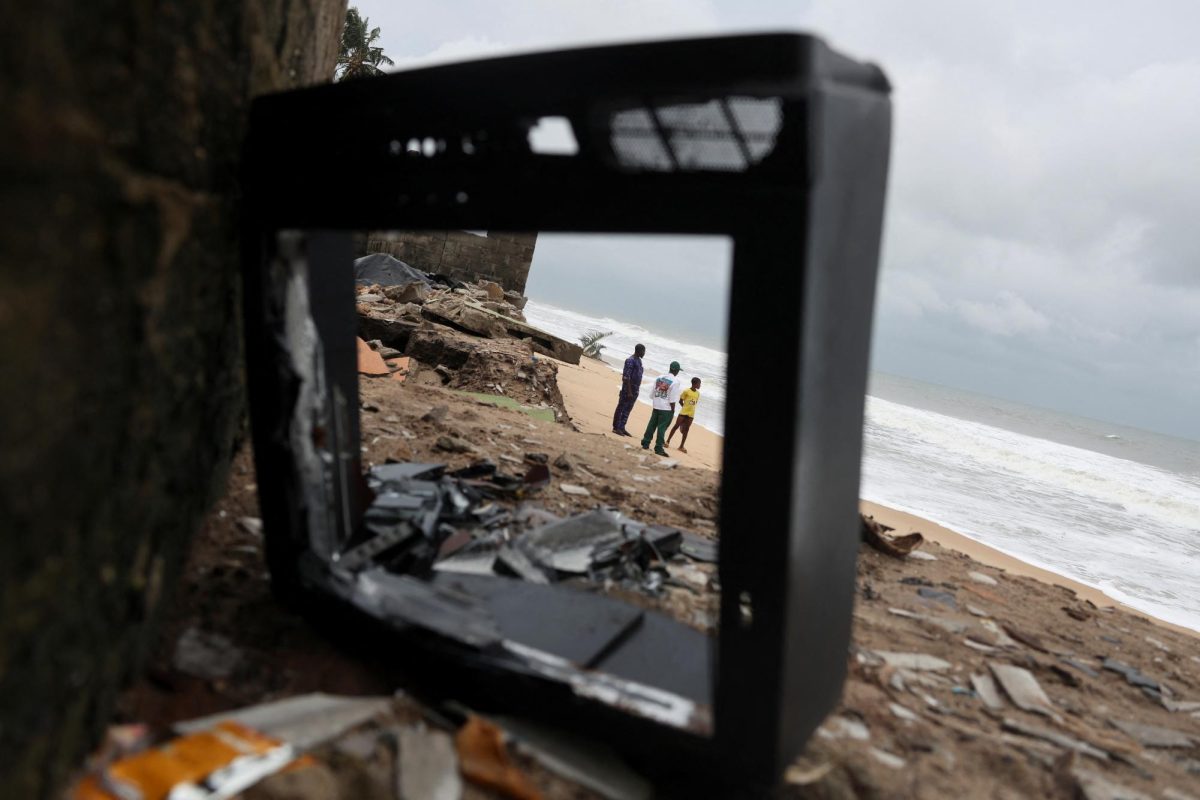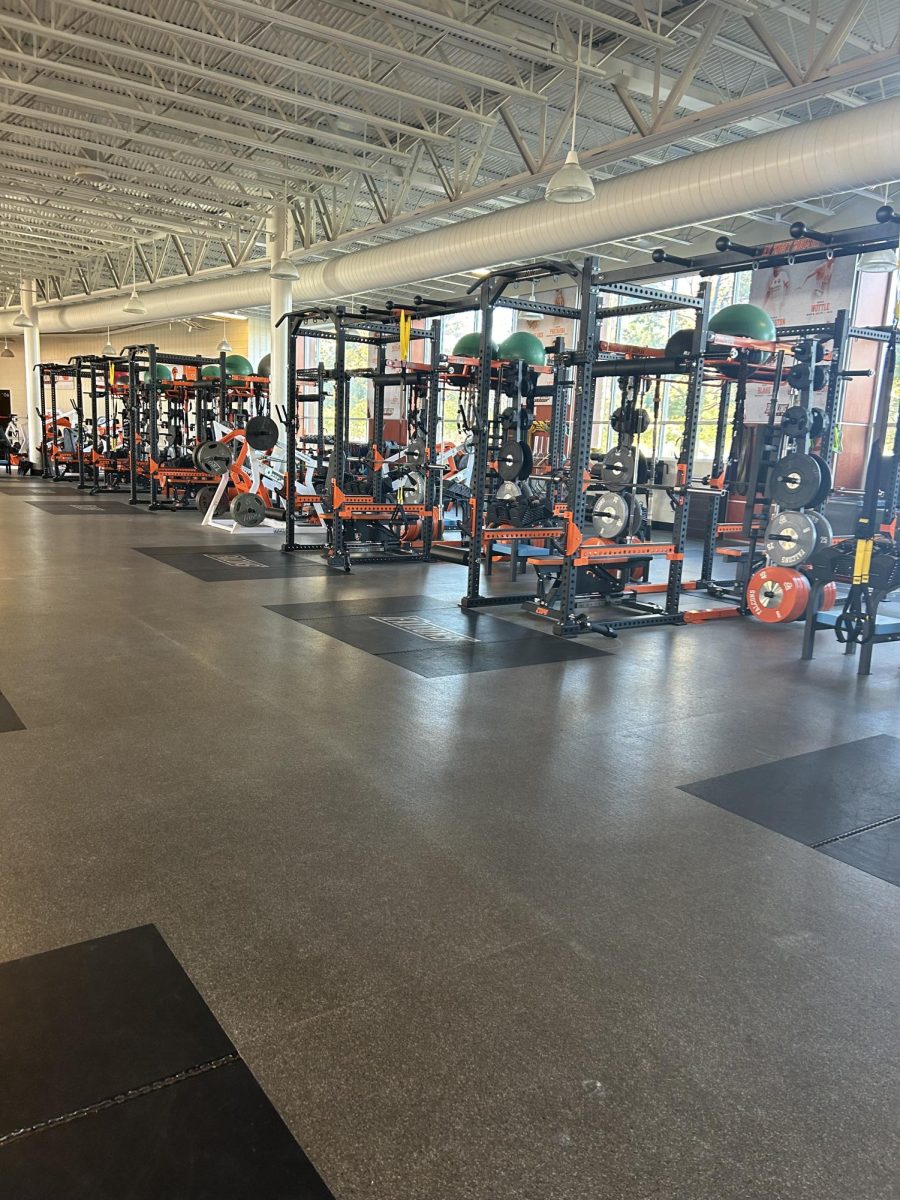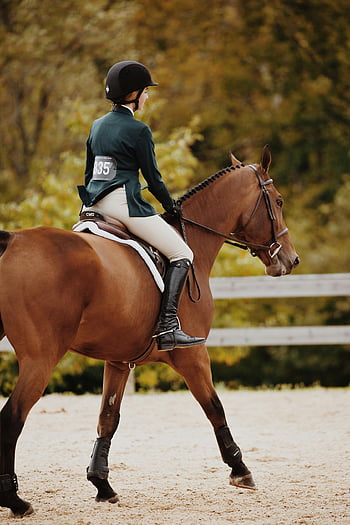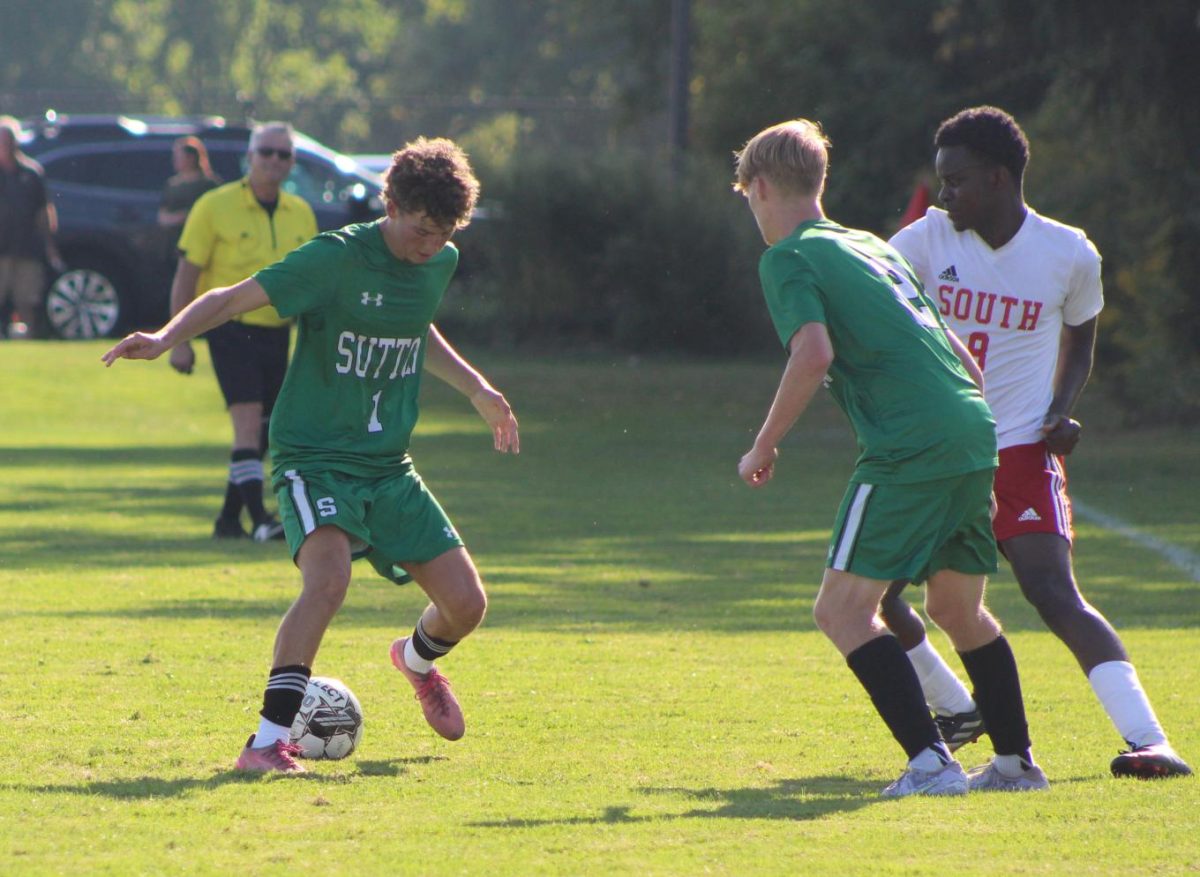Most people believe teen athletes are in their physical prime. While this is true for the most part, teen athletes are actually extremely injury prone.
Acute and chronic injuries are two of the most common types of injures, especially in teens. In an article about the differences between acute and chronic pain, acute conditions are described as being, “severe and sudden in onset. This could describe anything from a broken bone to an asthma attack”. An example of this would be if you fell down the stairs and sprained your ankle.
A chronic injury is an injury that occurs over the course of a long time. An example of a chronic injury is a stress fracture. These two types of injuries seriously effect teen athletes because most teenagers bodies are already weakened by external factors like lack of sleep, stress, and dehydration. On top of that, due to an article by Cape Cod Health Care teen athletes should not be training for a sport more hours of the week then their age; for instance if you are sixteen you should not be training more than sixteen hours per week.
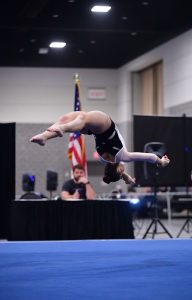
A major reason that so many teen athletes get injured is that they aren’t doing the correct injury prevention. According to an article written by Mass General Brigham, injury prevention consists of having a healthy balance of stretching and strength, periods of time where you can rest and give your body time to recover, and recognizing when you need to stop and not push through pain.
Another important contributor to an athlete’s physical health is diet. The impact food makes on an athlete is astronomical. It is proven that when athletes fuel their body wrong or not enough it makes them more susceptible to injuries. In addition, so many athletes and people don’t truly realize how hard specializing in one sport is. This is because of the constant wear and tear on the same mussels. Proliance Orthopedic Associates states that it is not good to do the same sport for more than eight months in a row.
While many will never follow that recommendation it would seriously benefit the athlete’s body. On top of that it is suggested that athletes don’t specialize in a sport until late adolescents to prevent injures from occurring early. While eradicating injuries is impossible, reducing them is easy. While everyone wants to succeed in their sport, causing them to practice intensely and constantly, there needs to be just as much of a priority on injury prevention tactics.

In conclusion, while some injuries are inevitable, there are so many ways that athletes can prevent them along with aches and pains. The body is a machine and overworking it will just burn it our quicker. Athletes need to start focusing on their health by adding in injury prevention measures, eating better, and prioritizing rest and sleep. In order to help teen athletes thrive they need to prioritize their health in more ways than they would originally think.
